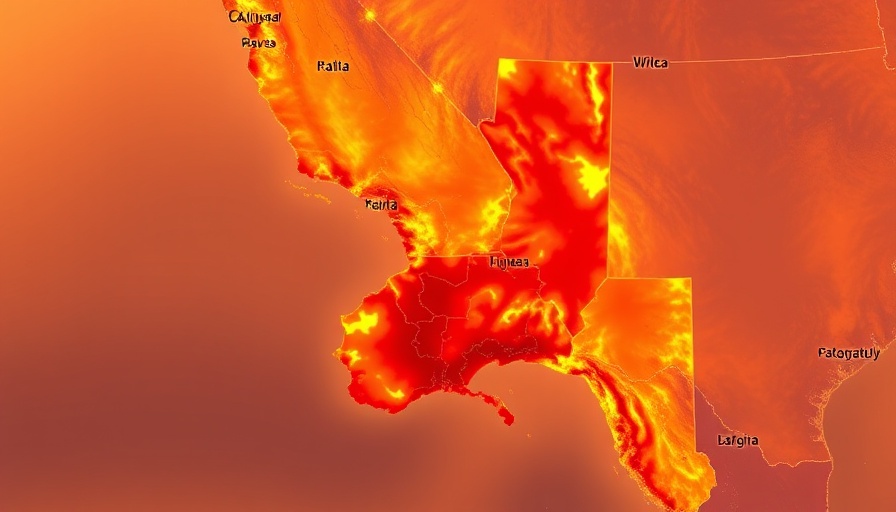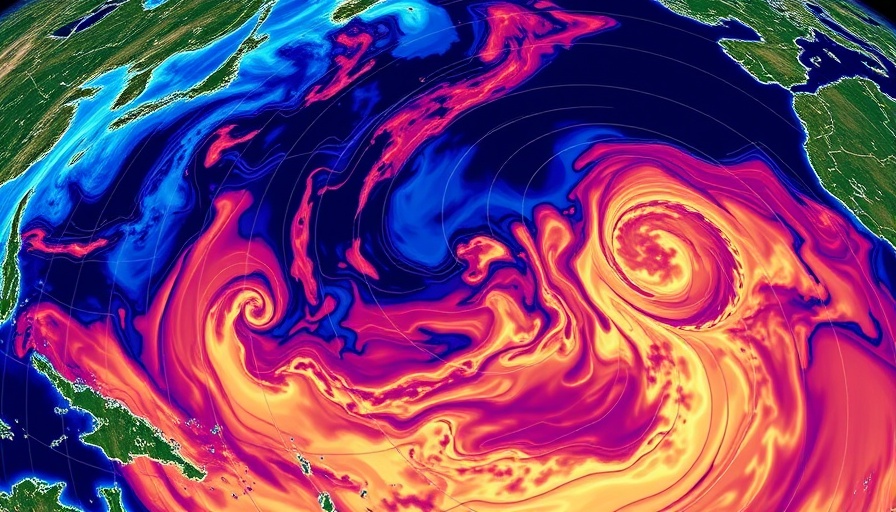
Understanding the Changing Weather Patterns in California
California has recently experienced a period of weather that oscillates between unsettled and dry conditions, highlighted by significant winds and temperature variations across the region. The past month has seen warmer-than-average temperatures dominating most of the state, with exceptions found along the coast and in parts of Arizona and New Mexico. The patterns observed have been dictated by a progressive ridge-trough pattern, leading to a series of short-lived low pressure systems and alternating ridges that create a mix of rain and sunshine.
What This Means for California’s Climate
As we transition into late May, a notable shift towards persistent ridging is anticipated. This change suggests a rise in heat, especially across California and the southwestern United States. Following the passage of a strong low pressure system this weekend, which may bring some winds but very little precipitation, conditions are likely to stabilize. However, with warmer temperatures and lower humidity levels, there is an increased risk of grassfires in various regions, particularly in areas where vegetation has already dried out.
Preparing for the Heatwave
The forecast for the following week indicates that a heatwave could develop across the interior Southwest and inland areas of California. This prediction is based on the anticipated dominance of a high-pressure system, leading to prolonged warm temperatures and reduced cloud cover. Homeowners and residents in these areas should be mindful of the health impacts hot weather can bring, particularly for vulnerable populations.
Health Implications of Rising Temperatures
With temperatures set to soar, understanding the health implications of extreme heat is vital. High temperatures can lead to heat-related illnesses, particularly in the elderly and those with pre-existing health conditions. It is crucial for community members to stay informed and take proactive measures, such as hydration and avoiding outdoor activities during peak heat hours. Local services may provide resources and assistance for those struggling to cope with the impending conditions.
Actionable Tips for Residents
Residents can ease the burdens of extreme heat in several ways. Keeping homes cool through proper ventilation and using fans or air conditioning when available can significantly mitigate heat exposure. Additionally, staying connected to community alert systems for fire warnings and heat advisories will keep residents informed about potential risks in real time. Simple measures such as checking on neighbors, particularly the elderly, can foster a strong community response during these challenging summer months.
As the heat builds, it is essential for everyone to stay vigilant. The local authorities are advising residents to prepare for such weather changes, and adapting to these conditions will be key in maintaining health and safety. Stay tuned for regular updates as we closely monitor this developing situation.
 Add Row
Add Row  Add
Add 




Write A Comment